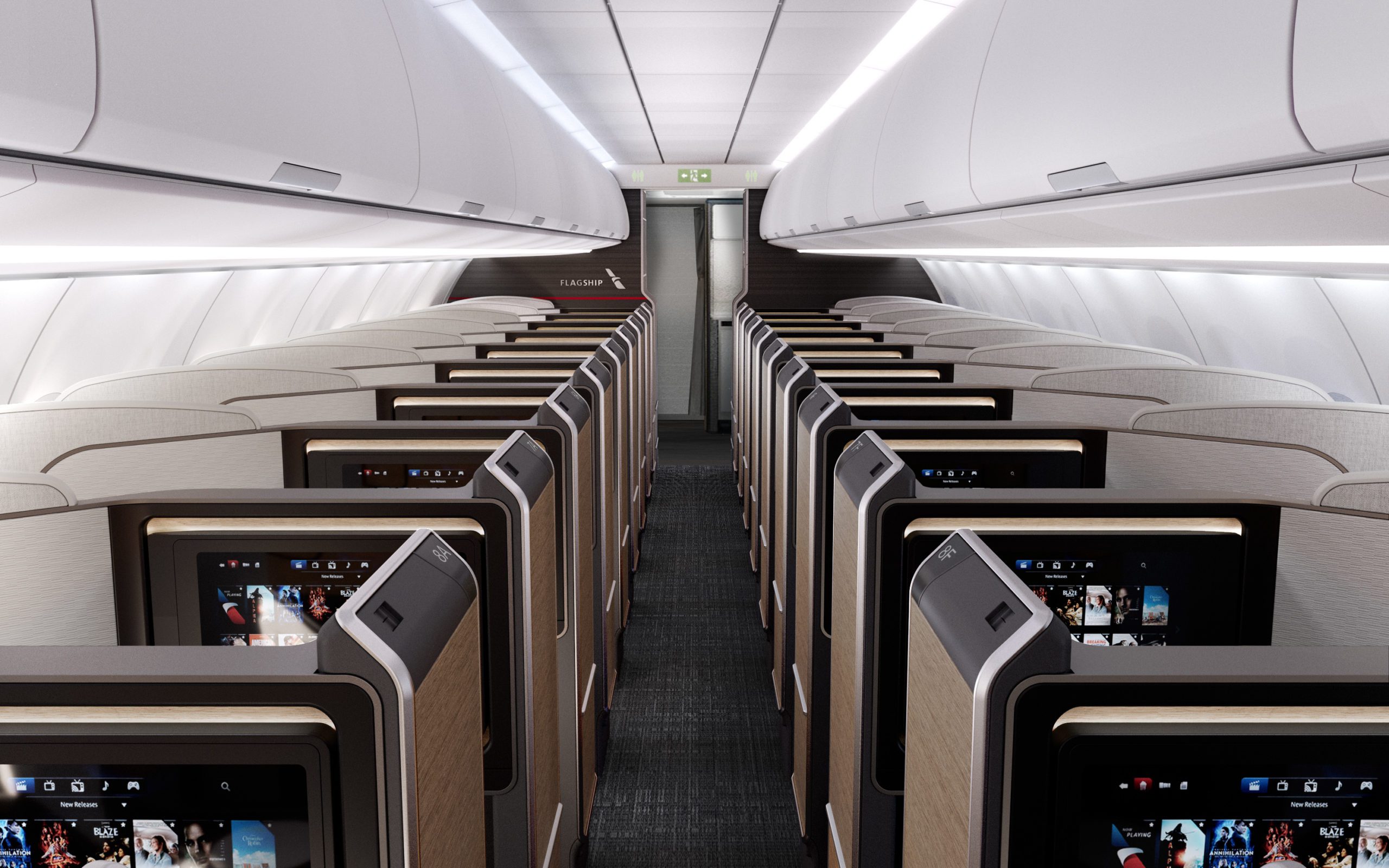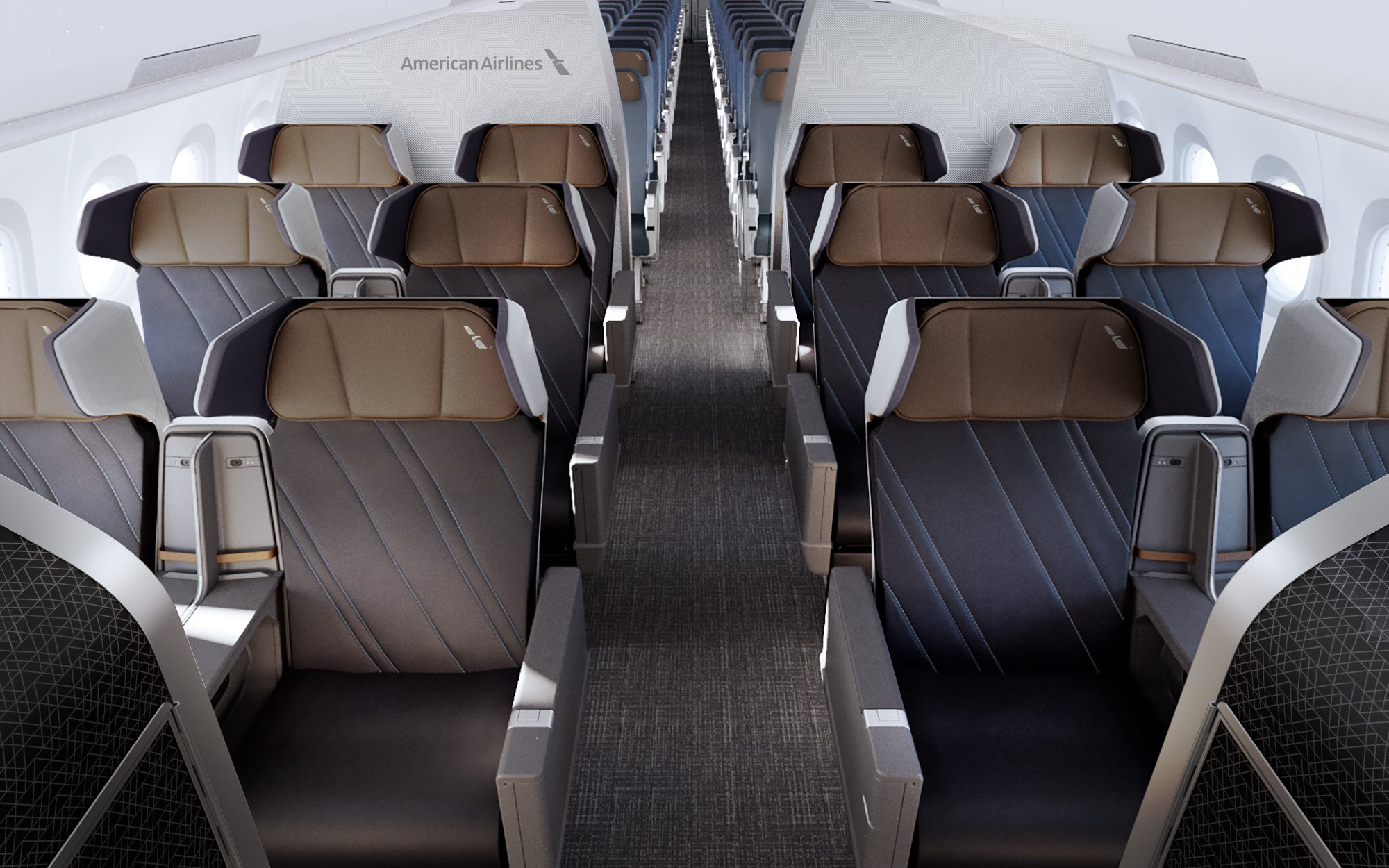The FAA has come out with new conditions prior to certifying the Airbus A321XLR.
This new aircraft type is a longer range version of the A321. It has a rear center fuel tank to support additional flying, such as from the Northeast of the U.S. to Europe.

The additional center fuel tank is located in the plane’s lower fuselage, rather than its wings, partially replacing a cargo compartment. The top of the fuel tank is right below the floor of the passenger cabin. The tank’s walls are part of the plane’s structure, and the exterior of the aircraft is, essentially, a tank wall.
Concern here is that in the effect of a crash, a ground fire might set the fuel ablaze. Or any ground fire that the aircraft is exposed to could penetrate the aircraft skin, light the fuel on fire, and go straight through to the passenger cabin since it doesn’t have the usual insulation which likes the fuselage skin of most passenger planes.
They’re calling for testing or design changes to demonstrate the aircraft would delay any ignition during a ground fire for five minutes in order to support evacuation of the aircraft. In order to accomplish this, re-engineering the plane with a system to reduce flammability or mitigate ignition may be needed.
As Enilria, who flagged this new rule, points out Airbus has already had to deal with issues related to the extra fuel tank. Airbus made changes to reduce exposure of the cabin to the fuel tank, but the FAA’s issues are about external fire exposure to the tank.
- If Airbus can’t solve this quickly, then the plane may be delayed even further – or it won’t be able to be used for long distance flying (wouldn’t be allowed to use the tank).
- Solutions could add weight and further reduce the aircraft’s range, which was the point of the new variant.
United, American and JetBlue are all counting on this plane. So is Air Canada, Qantas, and numerous other carriers. Iberia is expected to operate the first one. American in particular needs this aircraft.
- They’ve retired their Boeing 757, 767, and Airbus A330s so they have limited transatlantic capacity. Deliveries of new Boeing 787s are delayed.
- They’re planning to use this on premium cross-country routes, retrofitting their existing A321T planes back into a standard domestic configuration (removing first class, and making coach less comfortable).

A321XLR Business Class, Credit: American Airlines

A321XLR Premium Economy, Credit: American Airlines
The American Airlines Airbus A321XLR is supposed to be outfitted with 20 business class suites, 12 premium economy seats, and 123 coach seats. In the fall American expected delayed deliveries to begin in December 2024 and to be using these planes for summer 2025 Europe. American was unable to take advantage of last summer’s Europe surge which fueled competitor profitability due to lack of aircraft.
In the past American has shared that these will primarily fly from New York JFK and Philadelphia, though some may operate out of Charlotte and even Chicago O’Hare.
It’s unclear whether the FAA’s latest fuel tank concerns will merely delay the introduction of the A321XLR, at least for U.S. airlines and transatlantic service, or whether it will mean less fuel capacity and range for the aircraft – meaning that it winds up less useful for the airlines that have ordered it.


At this point what’s the reasons that American isn’t bringing back their wide bodies from retirement?
How do you get to the point where you’ve built the aircraft and are at the paint shop placing the livery of the launch customer…and you’re only now finding out about this objection by the agency that certifies the aircraft?
This administration is the most anti-business one in many, many years and I can’t wait for them to all be gone. From the frivolous anti-trust claims on mergers or acquisitions (most aren’t about impact on customers but are putting up barriers that workers will lose jobs like redundant cost reduction isn’t a major driver of mergers) to now all the concerns with Boeing and Airbus. I’m all for safety and agree the FAA for years was in Boeing’s pocket but this type of stuff shouldn’t stand. The design should have been approved well before the planes were ever built. Hopefully Airbus can get an injunction to overturn this objection. Frankly if you hit the ground hard enough to rupture a fuel tank I’m not sure much else matters. IMHO, this is like the unnecessary demonstration of the life vests on planes. How many go down in a river or, if flying over an ocean, are survivable anyway. Get over it – there are no assurances in life and flying is still the safest way to go but when it is your time you die so no getting around that.
Sounds like EASA was willing to certify, but FAA won’t. Worst case – no US operators or flights to US.
@AC Dying in a plane crash to own the libs am I right?
Sounds like a flawed design and not a plane I would care to travel on if given another alternative.
Another AIRBUS problem where is the senior leadership accountability
Not to worry. Embraer will deliver as many regional jets to American Eagle as they want.
American should just retrofit one 77W with the new business class product and that will keep people preoccupied for a couple of years.
US regulators attempting to assure Boeing does not fall even further behind Airbus.
Good Lord. Why is the Government so inept at it’s job? This planet has been planned and public for years. IBERIA is supposed to start flying these to Boston and D.C. soon. What the heck are they doing? AMERICAN COMPANIES NEED THE PLANES ASAP.
XLR is NOT in jeopardy. . .It’s an operational fix nothing more. Quite yelling FIRE in the croweded theatre already.
BTW. . .why didn’t you show the DL A321NEO that had the issue, it’s not an AA operational error.
1) No one wants to fly transatlantic on a narrow-body.
2) the airspace and airport capacity at LHR & AMS is quite limited.
3) there is no point in flying point-to-point on a NB. With a mere 138 seats, the CASM cannot compete with a WB with a modicum of cargo capacity.
4) Boeing is incompetent and lazy. Airbus is going down the same rabbit hole
5) AC is truly a moron. Maybe the A-hat remembers the Titanic…..but I doubt he has LOOKED at a book since kindergarten.
Sounds like a death trap. A tail strike shouldn’t cause a fireball. This is what happens when you have MBA management. They should just build a clean design
I would think that if an XLR is involved in an incident similar to the JAL accident recently Haneda it would be catastrophic.
While we are correct to criticise the aircraft manufacturers, airlines are the most to blame. Airlines are demanding manufactuers to build small planes that can perform exactly how a big plane can do. This is in car terms like an F150 vs a Toyota Prius. An F150 can haul a lot more than a Prius but does not get the same fuel efficiency. Likewise, a Prius gets excellent fuel efficiency but cant carry as much cargo as an F150. Airlines want a Prius to do what an F150 can do.
@K Helldoge – I am, in fact, technically “somebody” in the dictionary sense, and I’ve flown TATL on a narrowbody and would absolutely do it again. For a flight not much longer than a transcon, the J product is perfectly fine, and better than some widebody J offerings. The aircraft boards and deplanes quickly. And if it means cutting out a connection, all the better.
Folks bitch about the MAX, Airbus is trying to “stretch” the legs on an old design. Stop it already. Hey @gary, what’s your deal shitting all over AA every chance you get? You must know that UA has also ordered the death trap 321 XLR. You were a Flight Attendant at AA at one time. Now you blog nonsense.
Same catty BS.
The internal engineers of all those airlines approved the design. So it will all be ok. People should be more worried about flying on those 20+ year old 757 and 767’s flown only by US carriers and those from some 3rd world countries
Fire safety should not be compromised.
AA needs to bring back the A330 fleet and acquire event more of them.
Well, I have two questions, only one of which is answerable as I write:
1) Have European/UK certification bodies certified the Airbus safe to fly? Whilst one might assert they have a vested interest they are at least as picky as US bodies.
2) Is this a bone thrown to beleaguered Boeing? It rather feels like it.
@Real Patriot
Libs own themselves.
Their entire ideology is based on emotion rather than logic or reason.
Airbus has been in communication with FAA all along and nothing is in jeopardy. These problems have been solved already but are only now being officialised. There is NO problem here.
@AndyS
So says the election deniers, flat-earthers and evangelicals.
The fact is, having the body of the aircraft as the fuel tank is dangerous. Leaks are inevitable when the A/C gets old and the skin starts to flex. They need to put the fuel in a bladder and suffer the loss of capacity and additional weight.
Don’t blame the US for Airbus’s failure.